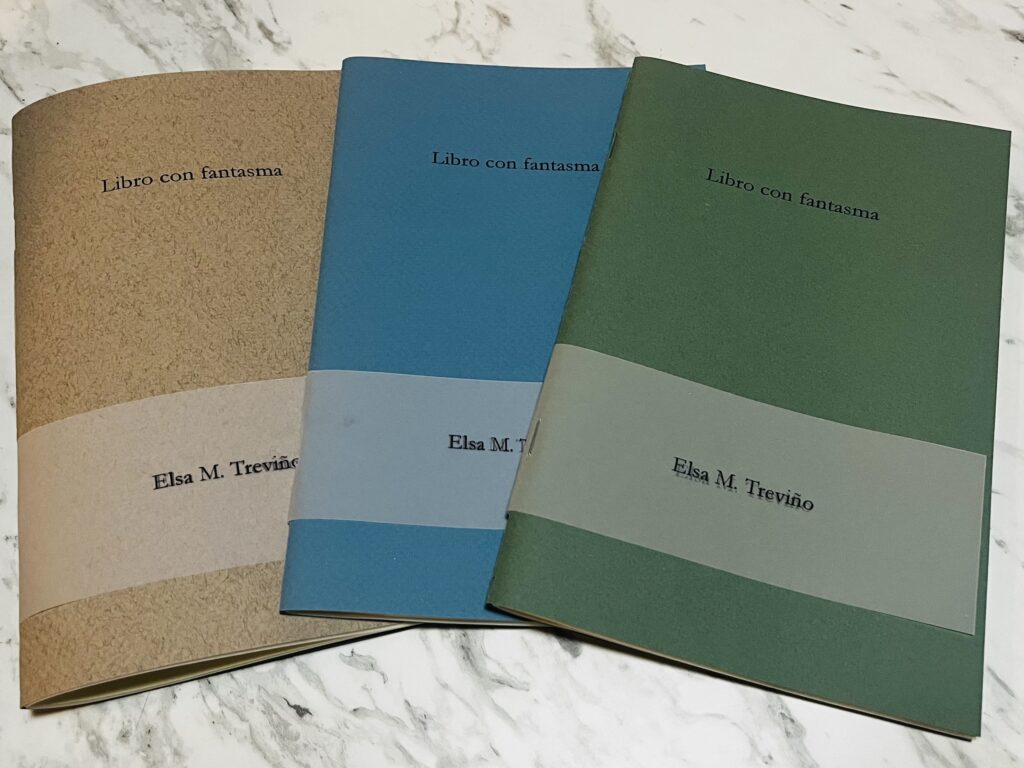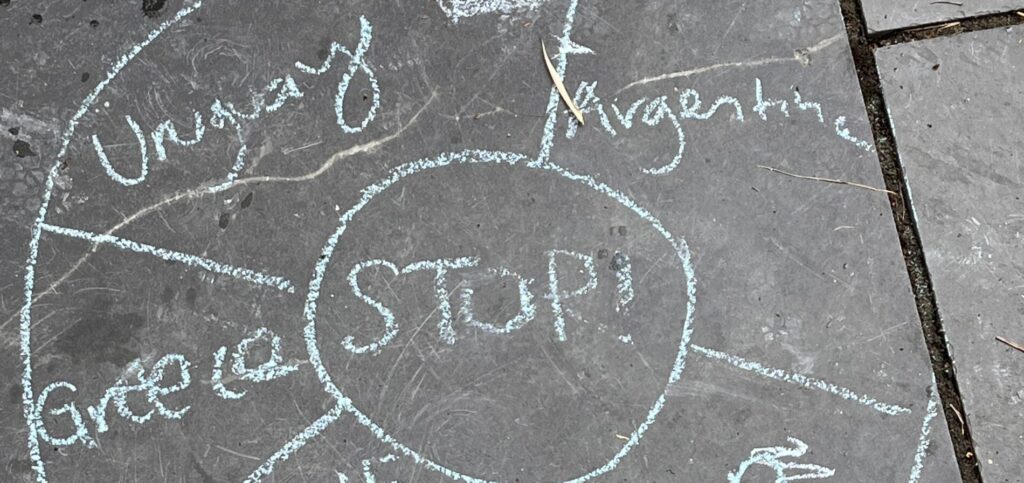Poem for a Childhood Dream is a performative and poetic piece that seeks to reactivate the childhood game STOP! as an act of geographic imagination and emotional repair.
Inspired by memories of my mother, Elsa, who grew up in a small village in central Mexico, the performance centers on a seemingly simple anecdote: as a child, my mother would play STOP! with her best friend, Lilia. In the game, each girl would choose a country or city and write it in chalk inside a section of a large circle drawn on the ground. Lilia always chose Alaska, and my mother was always “Helsinki,” which in Spanish sounded like Elsinki, thus transforming a distant city in Northern Europe into an extension of her own name and longing.
My mother dreamed of becoming a flight attendant and traveling the world, but her aspirations were cut short by her circumstances: a working-class family and a conservative, patriarchal environment. She was not allowed to leave Mexico and thus never visited Helsinki. I, her daughter—of a different generation and with the same name—now arrive in Helsinki through poetry.
This performance is both an intimate and political homage: a way to fulfill, through a poetic act, the journey my mother never made. By playing STOP with other women, the public, and my friends in a public space in Helsinki—and by assuming the role of “Helsinki” opposite another player named “Alaska,”—the game becomes a geographic ritual that questions the boundaries between childhood, desire, class, gender, and territory.
Conceptual Framework
Poem for a Childhood Dream explores play as a symbolic device to activate territory—territory as dreamed, imagined, denied, and reclaimed. The chalk circle—part map, part battleground, part wheel of fate—becomes the stage for an intergenerational meditation on what was denied to us and what can still be transformed.
The piece is also a gesture toward symbolic reconciliation with my mother. Our relationship has been shaped by deep differences, especially my need to rebel against the restrictions she internalized. This performance, then, is also a poem written between conflict and affection, between confrontation and tenderness.



